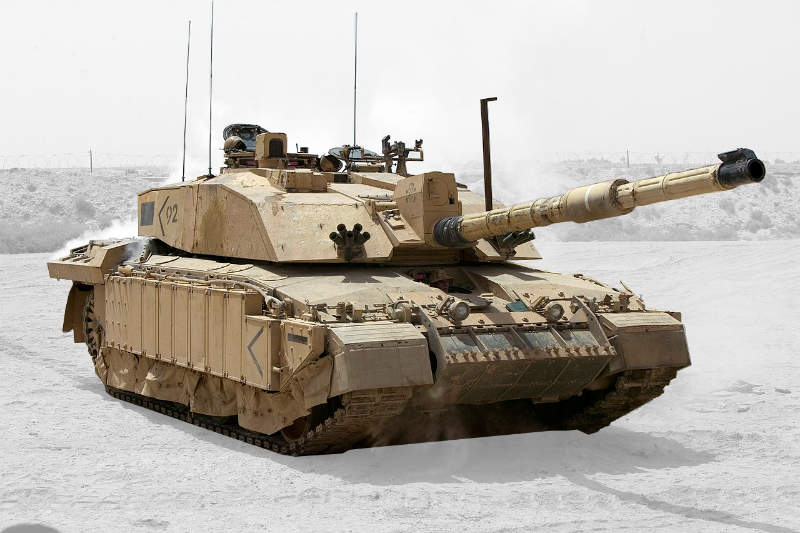
The UK needs to upgrade its fleet of Challenger 2 tanks to be able to compete with a new generation of highly dangerous Russian tanks, but after 20 years of service it might be better to start work on a brand new vehicle.
The current plan is to use either BAE Systems or Rheinmetall, who have both bid to do the work, to upgrade the Challenger 2 and prolong its serviceable lifetime with an announced budget of $900m for the project. Despite the Challenger 2’s fighting prowess, it has a number of key areas where it has fallen behind its opponents, including speed and optics. However at this point for the British military, it would be much better to begin a new vehicle program to design the Challenger’s successor rather than lumbering the 20 year old vehicle with more weight and equipment that will only give it another ten years in operation anyway.
Military analysts predict that MBTs are becoming relevant again
In recent years the purpose of an MBT has been questioned as the nature of wars that the UK army has been involved in have been largely against gorilla forces. This has led to a focus on infantry equipment rather than front line battlefield vehicles. However despite the continuing importance of mobile infantry units in those types of combat zones, focus has now shifted to threats that may come from organized state actors that can field MBTs of their own. Increasingly tensions with foreign players have meant that there is a shift in importance back to older fighting prioritizes such as mechanised warfare.
Challenger should be placed into reserve and new MBT built
Typically the leading military powers hold vehicles such as MBTs in reserve ready to be revived when needed and to add the frontline force in a time of major conflict. European nations have largely not committed to this principle, particularly in the last decade when saving money has been the priority. The problem though is that it leads to issues such as that which the UK army currently has with the Challenger, where there is nothing in reserve if the main force needs upgrading or replacing, there is nothing to provide a stop gap or to bolster numbers.
Now would be the perfect time to resolve that problem, as the Challenger could now be mothballed in to reserves whilst a new vehicle was prepared, providing an extremely strong reserve force and potentially doubling the amount of usable vehicles. Instead upgrading the vehicle will be costly and will still have to be replaced regardless in a decade’s time. Some of Challenger’s problems are fundamental; the tank is heavy with the extra equipment it has to carry and its engine is increasingly underpowered in some combat situations. Replacing the engines in all 250 tanks would be difficult, costly and in all likelihood make the vehicle less effective.
How well do you really know your competitors?
Access the most comprehensive Company Profiles on the market, powered by GlobalData. Save hours of research. Gain competitive edge.

Thank you!
Your download email will arrive shortly
Not ready to buy yet? Download a free sample
We are confident about the unique quality of our Company Profiles. However, we want you to make the most beneficial decision for your business, so we offer a free sample that you can download by submitting the below form
By GlobalDataPotential threats include the new Russian T14 Armata
Whilst the UK has been reluctant to spend heavily on a new MBT design, Russia, Turkey, South Korea, Israel, the USA and France have not. In particular Russia has been developing a new vehicle whose capabilities are unknown fully but early signs suggest it will be far superior to any Challenger, Leopard or Abrams variant operating. The test batch for the vehicle was 100 units which is close to half the full UK Challenger number already and will most likely be produced in the thousands over its lifetime and sold to multiple Russian allied nations. Therefore considering that any UK force would need to have similar capabilities if it does not have outright numerical advantage which it almost certainly will not in a conflict with the majority of nations, then upgrading the current vehicle is logically not a credible force whereas a new project could be. Despite this it looks in 2017 like the Challenger 2 Life Extension Project is going to go ahead.




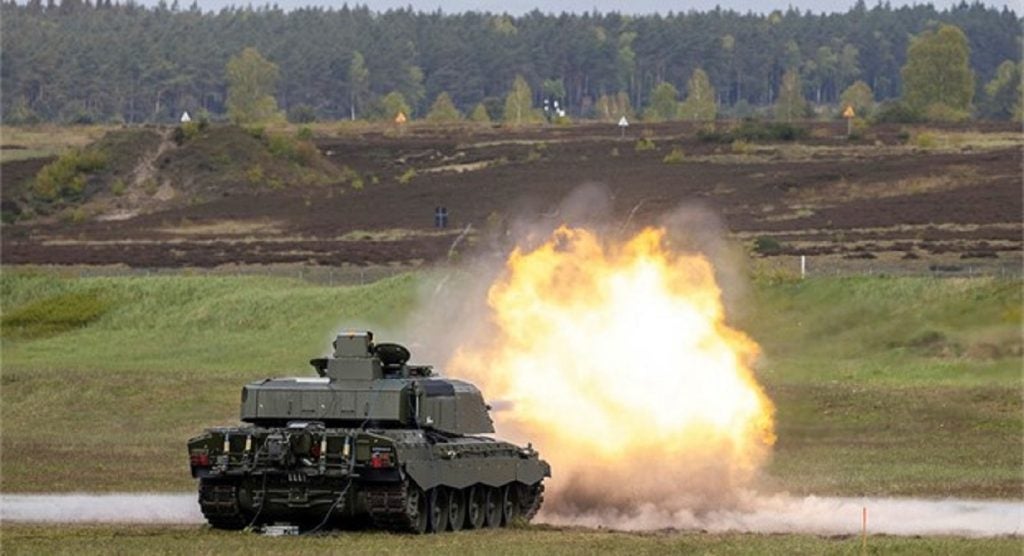
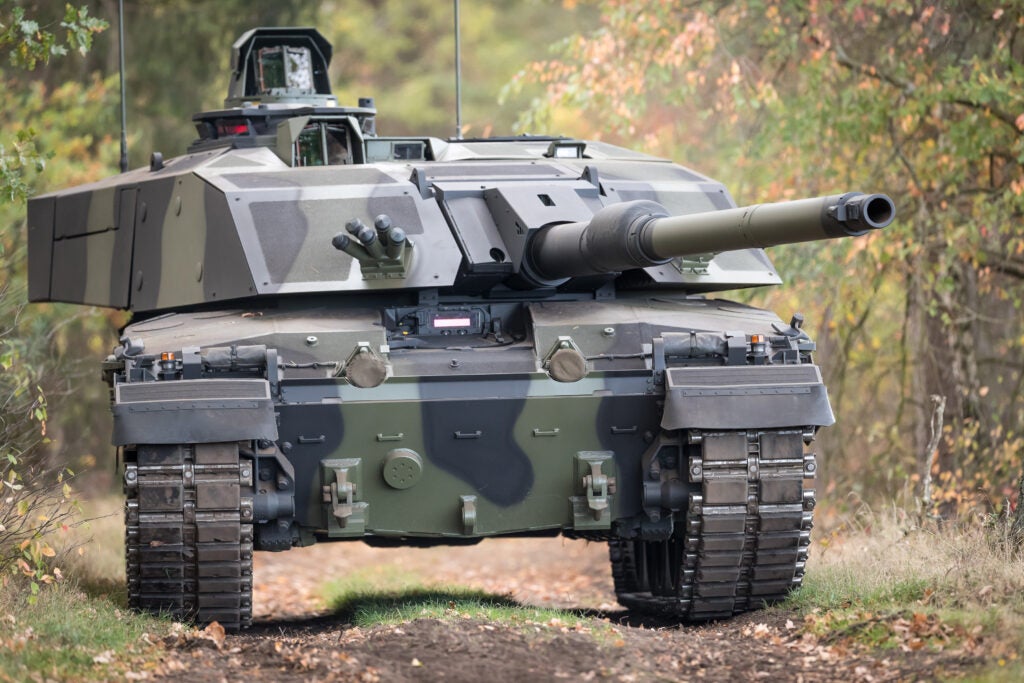
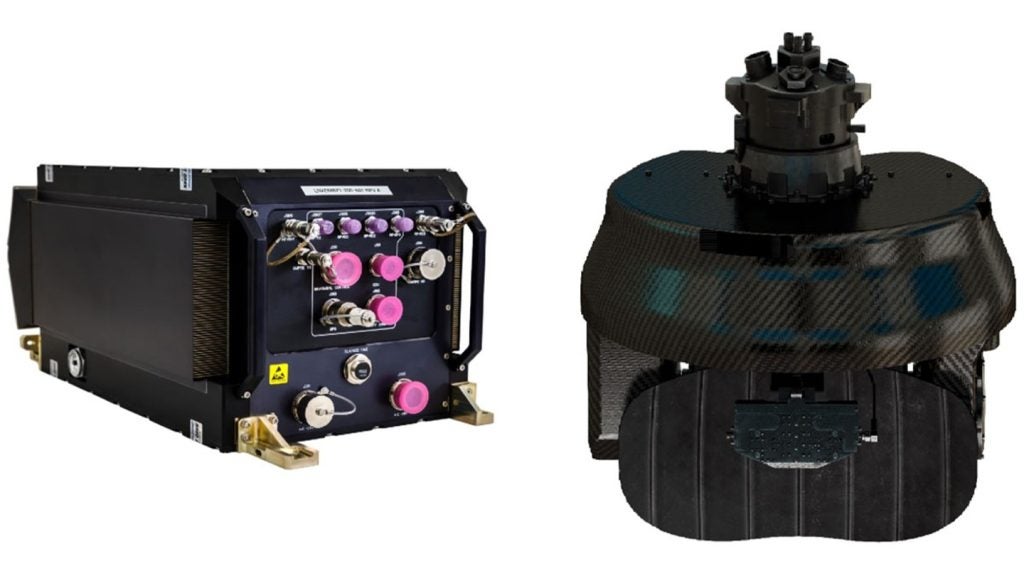
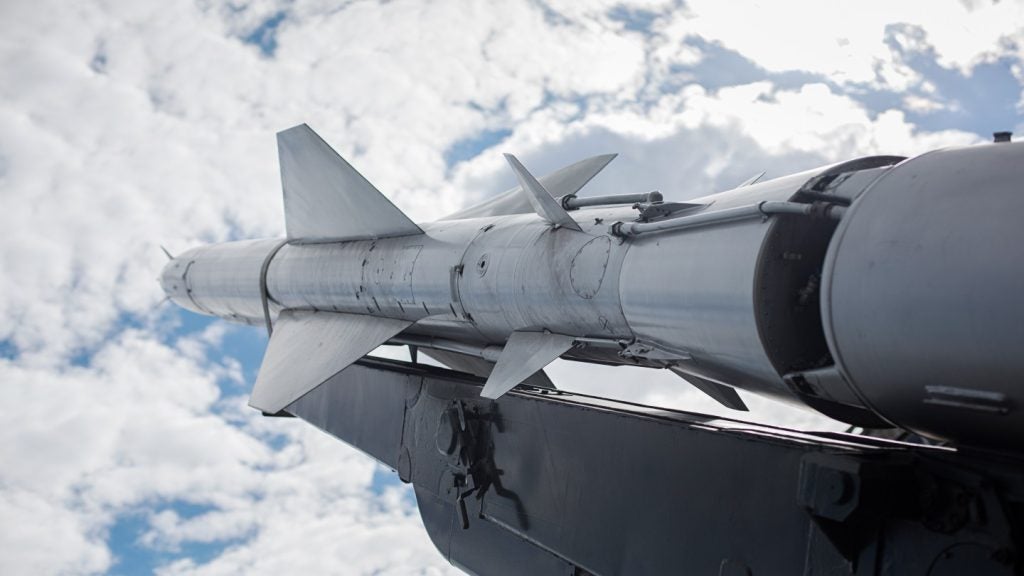

Related Company Profiles
MBT GmbH
Rheinmetall AG
BAE Systems Inc